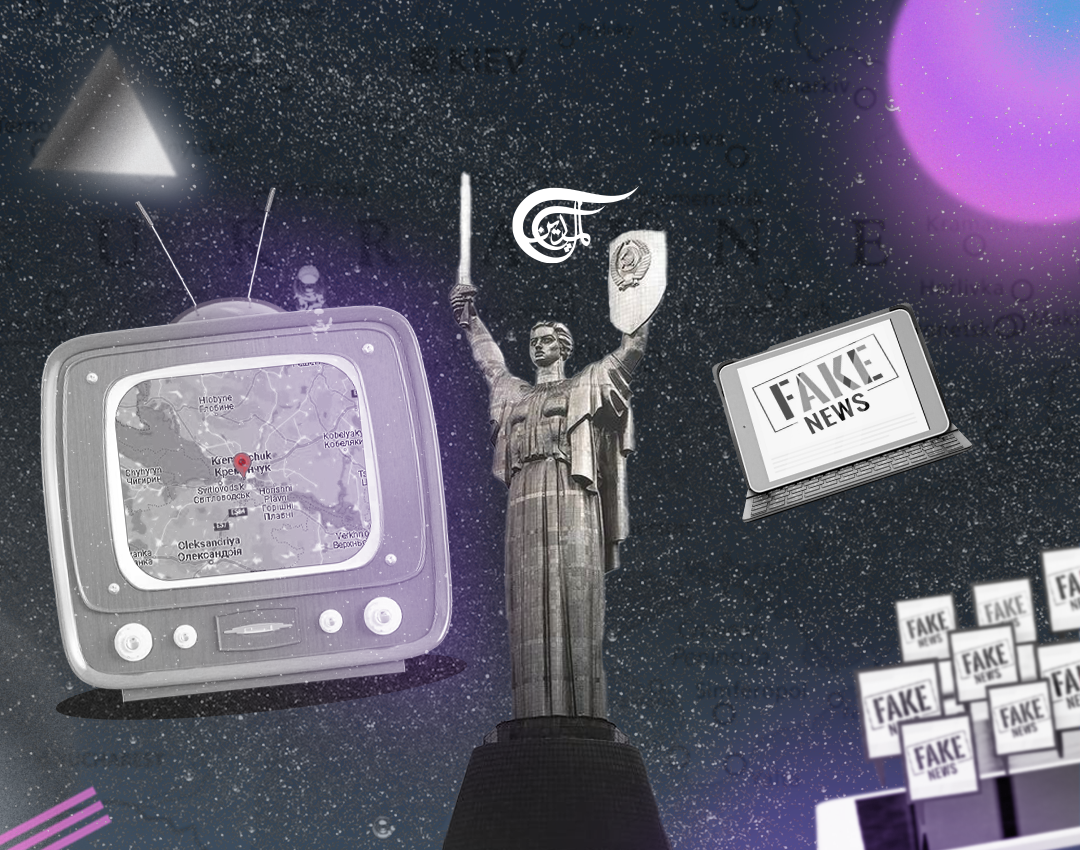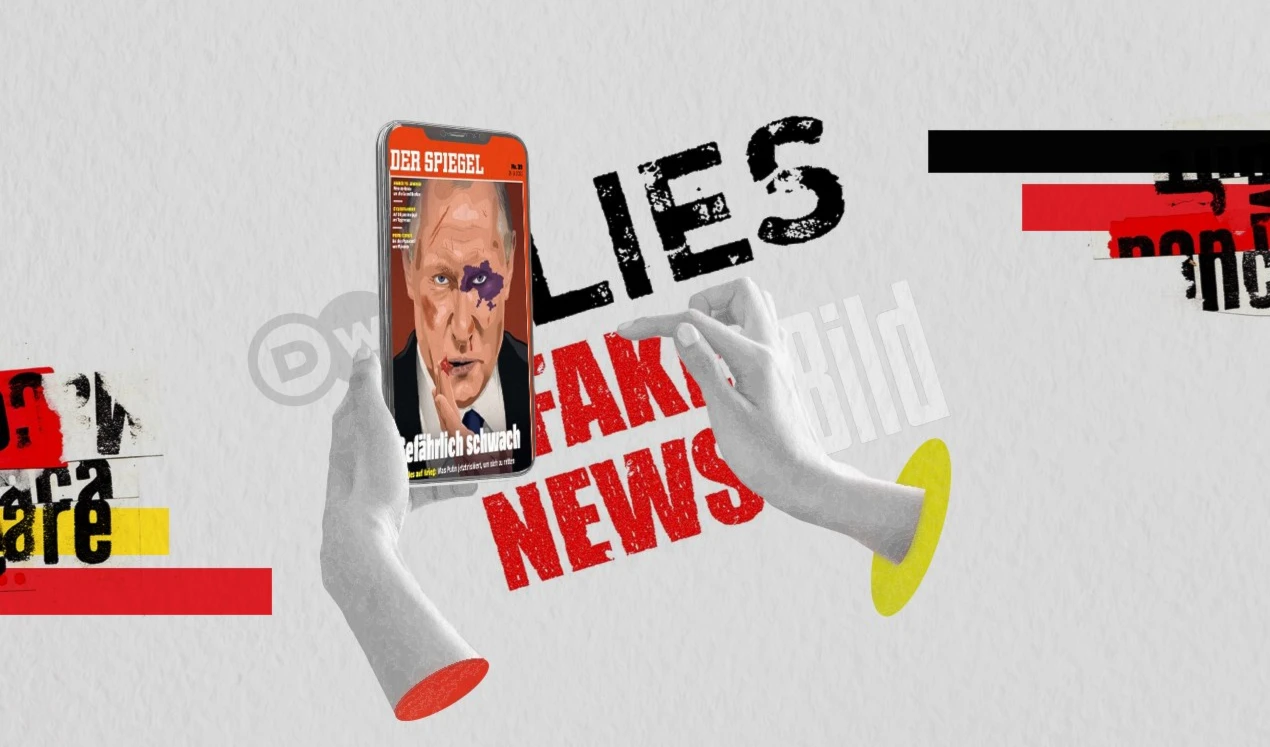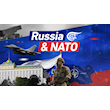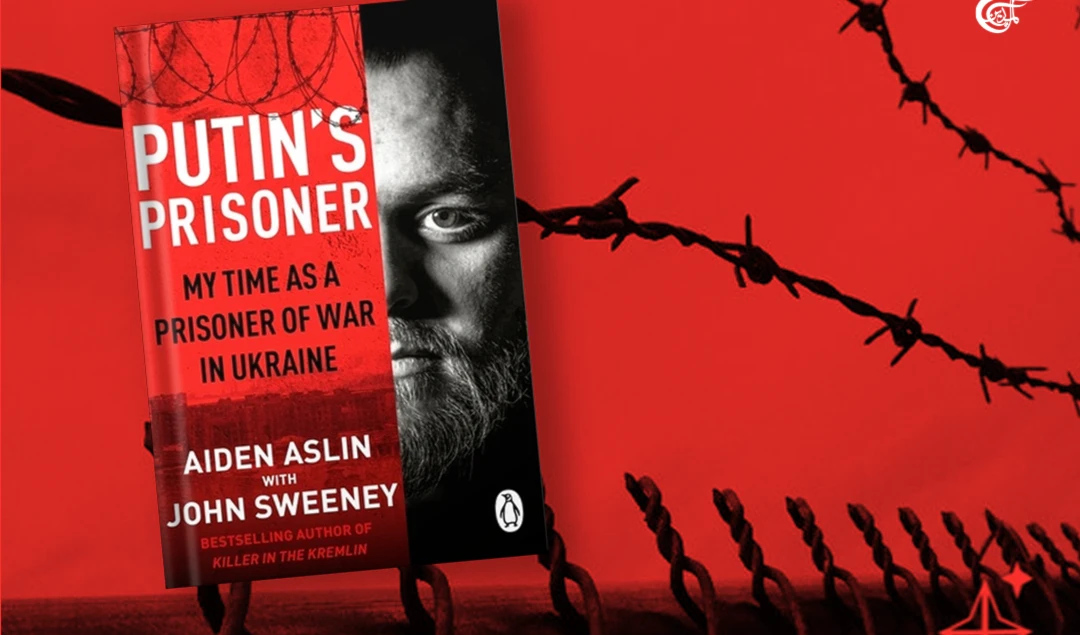Kremenchuk, the media, and the fog of war - what really happened
“Ukraine says” has become the caveat added to any sentence so that any report, no matter how ridiculous or lacking in evidence, can be passed off as undeniable truth.
THE ideal war correspondent, according to British intelligence during World War I, would be the one who “wrote what he was told had been true, or even what he thought was true, but never what he knew to be true.”
This set the pattern for embedded journalism ever since, and nowhere can this be seen more clearly than in the current reporting on the conflict in Ukraine, with western mainstream media organizations repeating identikit reports that do not deviate from their respective government's line ad nauseam.
“Ukraine says” has become the caveat added to any sentence so that any report no matter how ridiculous or lacking in evidence can be passed off as undeniable truth and simply repeated unquestionably in Western newspapers and TV channels.
Editorial scrutiny seems to have gone out of the window with the tabloids and broadsheets seemingly happy to be used as propaganda tools in a NATO/US proxy war being waged against Russia in Ukraine.
Some stories verge on the bizarre. The Daily Telegraph reported earlier this month that Russian President Vladimir Putin is followed around by aides who collect his feces and urine and place it in a briefcase which is dispatched to Moscow.
The reason, the newspaper regales us, is to stop his bodily fluids from being examined by foreign governments or intelligence services who would then discover that the Russian leader is suffering one of the many terminal illnesses he has been diagnosed with by the media.
Others serve a different purpose altogether. A report claiming that some 200 dead bodies had been found in the basement of an apartment block in Mariupol was reported in almost every British mainstream newspaper, and appeared on almost every TV channel and radio station as fact.
But there was only one source for the story, a Ukrainian official. There were no eyewitness accounts, no photographs of the bodies, the location remained unknown and it was unclear even when the bodies were allegedly found.
In any other place or time, such a story would have been spiked as an unverified report, with the journalist asked to gather more independent evidence to corroborate the claims and try and stand it up.
And the burning question, if there were 200 dead bodies found in a Mariupol basement, who killed them and how seemingly wasn’t even questioned by the mainstream press who were happy for the blame to be automatically pinned on the Russians.
Similarly, the claim that 9,000 dead bodies had been found in a mass grave in the same city was peddled across most media outlets as a fact, with very little corroborating evidence other than comments from former mayor Vadym Boichenko and the use of satellite imagery.
Despite reporting the discovery as the “biggest war crime of the 21st century” and quoting Boichenko’s statement that the site is the “new Babyn Yar,’ referring to one of the largest mass graves in Europe located on the outskirts of Kiev, where 33,000 Jews where killed by Nazis in 1941 during World War II” not a single newspaper or media outlet could verify the claim.
Many, including NBC, admitted that they were unable to verify the claims made by City Council officials on Telegram or corroborate a report by US government contractors Maxar, who crucially had not been on the ground and merely relied on dubious satellite images.
Canadian journalist Eva Bartlett did however visit the site in an attempt to discover the truth and found that there was no mass grave containing 9,000 bodies.
“What I saw were new, orderly grave plots including some still empty ones–an extension of a cemetery that already exists at the spot.
“No mass pit. Many of the graves have placards with the names and dates of birth of the deceased when available, and the remaining plots were numbered according to burial,” she reported.
Photographs showed what she said were around 400 individual plots, of which nearly 100 were empty. But instead of reporting on her findings, Bartlett’s first-rate journalism has been studiously ignored as an inconvenient truth.
For her troubles reporting from the eastern Donbass region she has found herself on a Ukrainian government kill-list, a common experience for independent journalists working in the region that aren’t embedded with the Kiev government or its allied fascist forces.
Truth is the first casualty of war is a well-worn cliche, although one that happens to be true and none more so than in Ukraine where mainstream journalists simply regurgitate the pronouncements of President Volodymyr Zelensky and other officials as fact.
But as journalists, it is our job to question everything, challenge the established narrative in our pursuit of the truth, expose lies and corruption and not merely act as stenographers for power.
Questions remain over the alleged war crimes in Bucha, with strong evidence suggesting that the killings and atrocities that took place there may have been carried out by Ukrainian neo-Nazi forces in so-called clean-up operations.
Similarly, the attack on the Kramatorsk train station remains clouded in doubt, with some journalists claiming the Tochka missile used came from Ukrainian stocks, not Russian as initially reported.
In the last few days, newspaper headlines have however been almost uniform in condemning the Kremenchuk shopping center incident as “an act of terror” committed by a brutal Russian regime that is deliberately targeting Ukrainian civilians.
As journalists, such incidents should rightly be placed under scrutiny, and more so since the sacking of human rights chief Lyudmila Denisova by the Ukrainian Rada last month.
Her unceremonious dumping came after she admitted to exaggerating tales of Russian war crimes, rapes, and sexual assaults in order to gain more arms from Western governments.
Given that a large number of her stories have turned out to be either false or embellished, it should have prompted the same journalists that churned out her stories unquestionably to closely scrutinize the Kremenchuk attack.
Alas, this has not been the case, although the timing of the incident, as world leaders gathered for the G7 summit before heading to the NATO summit in the Spanish capital Madrid should have been enough to raise suspicions.
With a number of the military alliance’s 30 member states known to be wavering on the issue of increased arms for Ukraine and the public said to be “war-weary,” the shock of an attack on a shopping center will undoubtedly help focus minds.
President Volodymyr Zelensky, fresh from his recent addresses to party-goers at Britain’s Glastonbury Festival and tennis fans gathered at Wimbledon, has also addressed the G7 and NATO summits pleading for more arms.
He described the “Russian strike” on the Kremenchuk shopping center as “one of the most brazen terrorist acts in European history," in his evening broadcast on Monday.
"A peaceful town, an ordinary shopping center - women, children, ordinary civilians inside,” the president added, saying that more than 1,000 people were inside the mall when the missiles struck.
Russia however denied that it had targeted a shopping center and that it had carried out a precision strike in hangars which were hosting western weapons and ammunition supplied by the United States and European countries.
“As a result of a high-precision strike, Western-made weapons and ammunition concentrated in the storage area for further shipment to the Ukrainian group of troops in Donbass were hit,” a statement said.
Russian officials described the shopping center as “non-functioning” and there is evidence to suggest that the Amstor center had indeed been closed since the start of the Russian military operations in Ukraine in February.
A simple Google search stated that the mall had been marked as “Permanently closed,” although this was later changed to say that it is opening at 8 am on Wednesday but not before the original had been shared widely online.
The most up-to-date review of the 5,548 submitted by its visitors was posted four months ago by Kafeel Ahmed who gave it five stars describing it as: “A nice place with many shops and a clip.” Coincidence? Perhaps, but it leads to more questions about what actually happened.
A BBC Reality Check which purported to have investigated the “false claims” it said were circulated by Russian government officials and their supporters takes us no closer to the truth, relying on weak and unsubstantiated evidence and comment from Ukrainian officials.
A number of key questions remain unanswered including images of an empty car park at the time of the attack during which more than 1,000 people were said to be inside.
Another is the apparent absence of women and children. Footage in the immediate aftermath of the explosion appears to only feature men of military age and members of the armed forces arriving quickly on the scene.
The shopping center lies next to the Kredmash machine plant which has direct rail access for the loading and unloading of machinery. This makes it perfect for the preparation and repair of heavy weapons and their transport from the factory to other parts of Ukraine.
If the shopping center was indeed closed, as claimed by the Russians, it stands to reason that it could be used to host members of the Ukrainian armed forces along with military hardware. Story after story has emerged from eastern Ukraine of weapons and soldiers being placed in civilian areas, including schools.
A similar attack on a shopping mall in the Ukrainian capital Kiev in March elicited similar outrage however it was struck late at night while a Russian drone had reportedly detected lorry-mounted rocket launchers being driven to and from the site.
With more than 1,000 people said to be inside the shopping center at the time of the missile strike and, at the time of writing, 18 fatalities reported, most of the shoppers appear to have survived which would likely mean a lot of footage shot on smartphones, much of it posted online.
Yet there appears to be a curious absence of videos showing people panicking and fleeing the scene of the attack as would be expected and is usually seen circulating in the immediate aftermath of such an incident. There may be a very plausible explanation for this, but the question has to be asked.
The public is rightly and understandably shocked when they hear of attacks on shopping centers, the very same places Westerners visit on a daily basis without fear of it being struck by a missile. Civilians should not be killed while going about their normal daily business.
Yet the moral outrage from Western politicians and their compliant leaders is of course selective. While the attack on Kremenchuk has been condemned as a war crime, the same was not applied to a ballistic missile attack launched by the Ukrainian forces on a civilian area in Donetsk on March 14 in which 23 people, including women and children, were killed.
Every death in Ukraine is a human tragedy yet world leaders sitting comfortably in Madrid are discussing an eightfold increase in troops to the NATO Rapid Force which will go from 40,000 to 300,000 stationed in Estonia, Latvia, and Lithuania.
This, along with more arms and more military spending, leads the world further away from peace and closer to a deadly global conflict in which there can be no winners. Any notion that NATO is a defensive alliance has been dispelled. But, despite how bleak the situation looks right now, there remains a path to peace. Whether it will be taken however remains to be seen.

 Steve Sweeney
Steve Sweeney
 11 Min Read
11 Min Read













